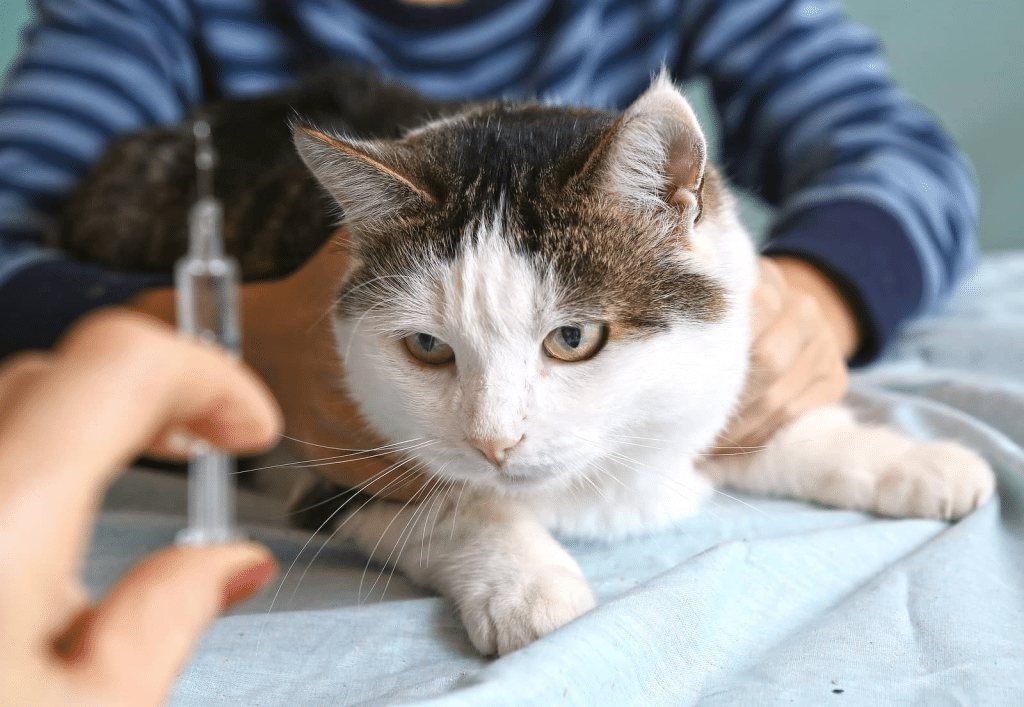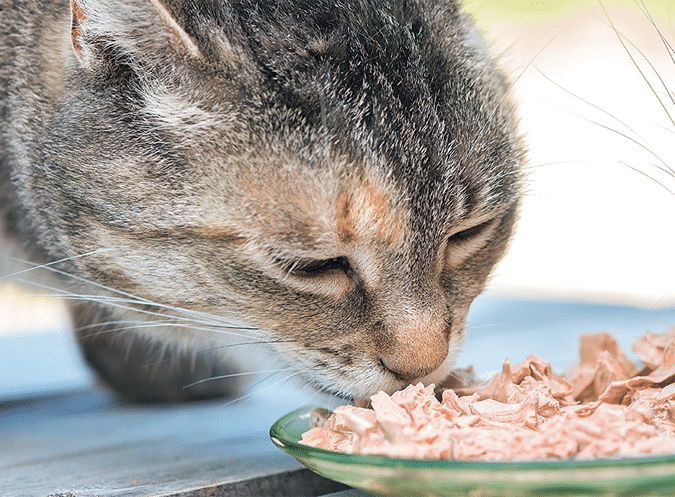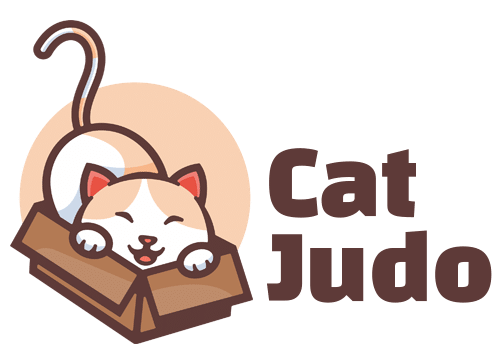It is essential to provide your diabetic cat with a healthy diet. Choosing the right diabetic cat food can help keep them healthy. This article aims to explain what diabetes means for your cat. Your precious pet can benefit from the diabetic cat food that we can provide.

Precisely What Is Feline Diabetes?
Cats with feline diabetes, or diabetes mellitus, are more likely to develop this condition when they are overweight and older. In the feline population, diabetes is estimated to affect 0.5% to 2%, although the actual number might be higher.
Feline diabetes, like human diabetes, occurs when cats do not produce enough insulin, or do not use insulin properly, to regulate their blood sugar – aka glucose. This hormone is made by the pancreas and is responsible for allowing glucose to enter cells to be used as energy. High blood sugar (hyperglycemia) is caused by diabetes.
The body breaks down proteins and fats for energy when blood sugar cannot provide
energy.
Various Types Of Diabetes
In type I diabetes, insulin cannot be produced or is insufficiently produced by the pancreas.
Type II diabetes is the most common type, accounting for 90% of diabetes cases. Your pancreas produces too much insulin due to insulin resistance. Diabetic type II is strongly associated with obesity.
Last but not least, gestational diabetes is diagnosed in pregnant women due to insulin resistance caused by hormones present during pregnancy.
Diabetes in cats can decrease a cat’s lifespan due to its association with several health issues. Cures with diabetes can live a happy life through proper nutrition and treatment.
Feline Diabetes Symptoms
A veterinarian should be consulted if you suspect feline diabetes.
- A tendency to urinate excessively
- Thirsty excessively
- Loss of weight
- An increase in appetite
- Activity level changes
- A feeling of nausea, lethargy, and an inability to eat
It is essential to take your cat to the vet as soon as possible if they are vomiting, lethargic, or displays a loss of appetite. Cats with diabetes may experience these symptoms later in life; if left untreated, they can be life-threatening.
Diabetic Felines: What Causes Them?
Diabetes Type II occurs when the body does not use insulin properly and is the most common form of feline diabetes.
Many factors contribute to the onset of this type of diabetes, which was once called adult-onset diabetes.
Several factors contribute to feline Type II diabetes, including genetics and the environment.
It appears Burmese cats have a genetic predisposition to diabetes based on the high prevalence of the disease.
Factors that contribute to environmental risk include:
- The aging process
- Overweight
- Maleness
- Neutering
- A few drug treatments are being received
- An inactive lifestyle
- Isolation and confinement indoors.
Unfortunately, felines are also suffering from Type II diabetes at an alarming rate, just as humans are.
The pancreas does not produce enough insulin when you have Type I diabetes (formerly juvenile diabetes).
As a result of the body’s faulty insulin response, both forms of diabetes result in dangerously high blood glucose levels.
Autoimmune diseases such as diabetes can result in arthritis.

What Is The Best Food For Diabetic Cats?
It is impossible to prescribe one type of food for all diabetic cats, but a few guidelines are usually followed.
- Cats are more likely to require insulin when they eat meals high in carbohydrates and low in protein. Diabetic cats require the exact opposite. Low-carbohydrate foods stunt this response. Some diabetic cats may need to go below 5% carbs, while others do well on foods with less than 10% carbs. Sources of protein derived from animals should be the primary source of calories for cats. Cats need to consume fat to round out their diet, but high levels can be problematic if they try to lose weight. It is best to choose foods that contain around 50% protein and 40% fat in their calories. On pet food labels, carbohydrate levels are not often listed, but they can be calculated relatively easily.
- Market-produced Kibble should be avoided : It contains a large number of carbohydrates. Dry foods cannot accommodate this requirement since most diabetic cats need low carbohydrate concentrations. . The carbohydrate content of some canned foods, however, is zero.
- It is not usually necessary to use a prescription diet for diabetic cats because many over-the-counter, canned foods have a low carb/high protein profile that is suitable for them. You can find dry foods with lower carbohydrate levels explicitly designed for diabetic control through your veterinarian if your cat doesn’t eat canned food.
- It is just as important to watch portion sizes as it is to provide the correct type of food to diabetic cats. Weight loss should be encouraged in obese cats by eating a healthy amount. It is appropriate for cats to lose around one per cent of their body weight each week until they reach their ideal weight. If diabetes-friendly food is fed in a reduced amount, weight loss can be achieved. Diabetic cats should avoid over-the-counter fat loss diets because they often contain too many carbohydrates.
- Because diabetic cats need to eat on a set schedule, they must enjoy their meals. It would be preferable for you and your cat to discover one specific food that it knows and loves. There are many on the market that are tasty and diabetic-friendly, however, acquiring individually prescribed food is also an option. There is no harm in trying different foods out with your diabetic cat to discern which one it enjoys the most, and can ultimately be fed to them in the long-run.
Diabetic Cats: How To Feed Them
It is essential to feed diabetic cats consistently, especially if they take insulin. The number of food cats should eat every day should be the same. Two insulin injections are given to diabetic cats daily at 12-hour intervals. When it’s time for the next insulin dose, you should offer food before it’s time. That way, if a cat does not eat a full meal, the amount of insulin can be reduced. When and how insulin dosages should be adjusted will be determined by your veterinarian. Call your veterinarian if you are unsure whether or not to administer insulin to your cat.
The number of treats a diabetic cat receives should not exceed 10%of what they consume daily; in addition to the foods recommended for diabetic cats, freeze-dried chicken, beef, salmon, tuna, and liver offer high protein and low carbohydrate content. Your cat will lose appetite if you give treats at regular mealtimes.
Lastly, consult your veterinarian before changing your diabetic cat’s insulin dose or diet. Maintaining a delicate balance between diet and insulin levels when managing diabetes is essential. The change in one almost always necessitates the change in the other to prevent cats from falling victim to potentially fatal blood sugar fluctuations.

Did You Know?
Due to a decrease in insulin production, glucose concentrations are high in Type I diabetes. The body does not respond appropriately to insulin when a person has type II diabetes. Diabetes Type II most commonly affects cats.
Conclusion
Listed above are the things you must know when owning a diabetic cat. We hope this guide will assist you in deciding what wet food is best for diabetic cats as a cat owner.
FAQs
What is the treatment for diabetic cats?
An insulin therapy combined with a modified, low carbohydrate diet is usually prescribed for diabetic cats.
How does diabetic cat food work?
Diabetic cats should eat foods that are low in carbohydrates, high in animal-based protein, and contain low/moderate fats. Cats should eat wet food. Using veterinary prescribed formulas is not always necessary, but some brands offer them.
Do diabetic cat foods have any health benefits?
If you do your research, you should be able to answer that question. For cats to stay healthy, they should eat a low-carb, high-protein diet.
What are the benefits of switching my cat’s diet to a low-carb one right away?
Depending on the situation. Over a few days, you can safely switch your cat’s diet to something with lower carbs if they are not already on insulin injection. A sudden switch to insulin can cause hypoglycemia in cats already receiving insulin. Before making any changes, speak with your veterinarian.
Is there a diet that works best for diabetic cats?
Meat, poultry, or seafood are a low-carb diet’s most common protein sources. Read the nutritional labels carefully as some food manufacturers replace carbohydrates with fat.
Is my cat’s glucose level going to have to be monitored?
To determine whether insulin therapy and diet modifications work for your cat, you should monitor their blood sugar levels. It is also more likely to enter diabetic remission if the therapy is monitored and adjusted continuously.
Is it possible to remission feline diabetes?
Most cats can achieve remission, but not all. It is vital to start insulin therapy right after your cat’s diabetes diagnosis and to feed them a low-carb diet for the best chance of remission.
